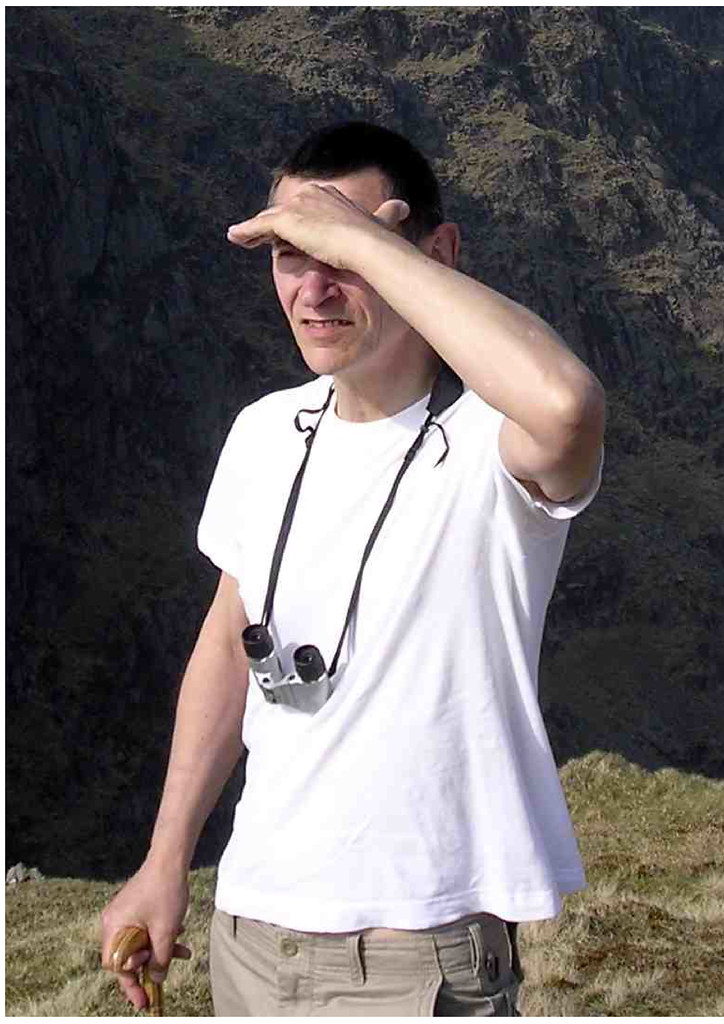This school, usually abbreviated to PSAD, has been going for over a hundred years, and is found behind Putney High Street. They don’t at the time of writing have their own website, but are hosted on a page provided by Wandsworth Council.
I have been teaching Sculpture from Life there since February 2005 . The students are drawn from the general public, and some have been attending for some seasons, in some cases over several years, booking their slots well in advance. Their interest in the school and their practice of sculpture is quite refreshing. Below is work done by Annie Barclay (first two) and Margaret Maitland (next two).
In October 2006 I ran a one-week course on silversmithing, and am hopeful that there may be further future courses. Below are examples of some of the work produced on that course.
Below we have work from Janet Hill, Sally Shillito, Sue Kochalski (two pictures), Leslie Watts and Alison Conwick.
The last photo, with Alison, is the only record of a quick burst of creative effort, giving supple and accurate modelling in very limited time, since the piece was consigned to the clay bin after being photographed.







